Maritime Fish Chowder
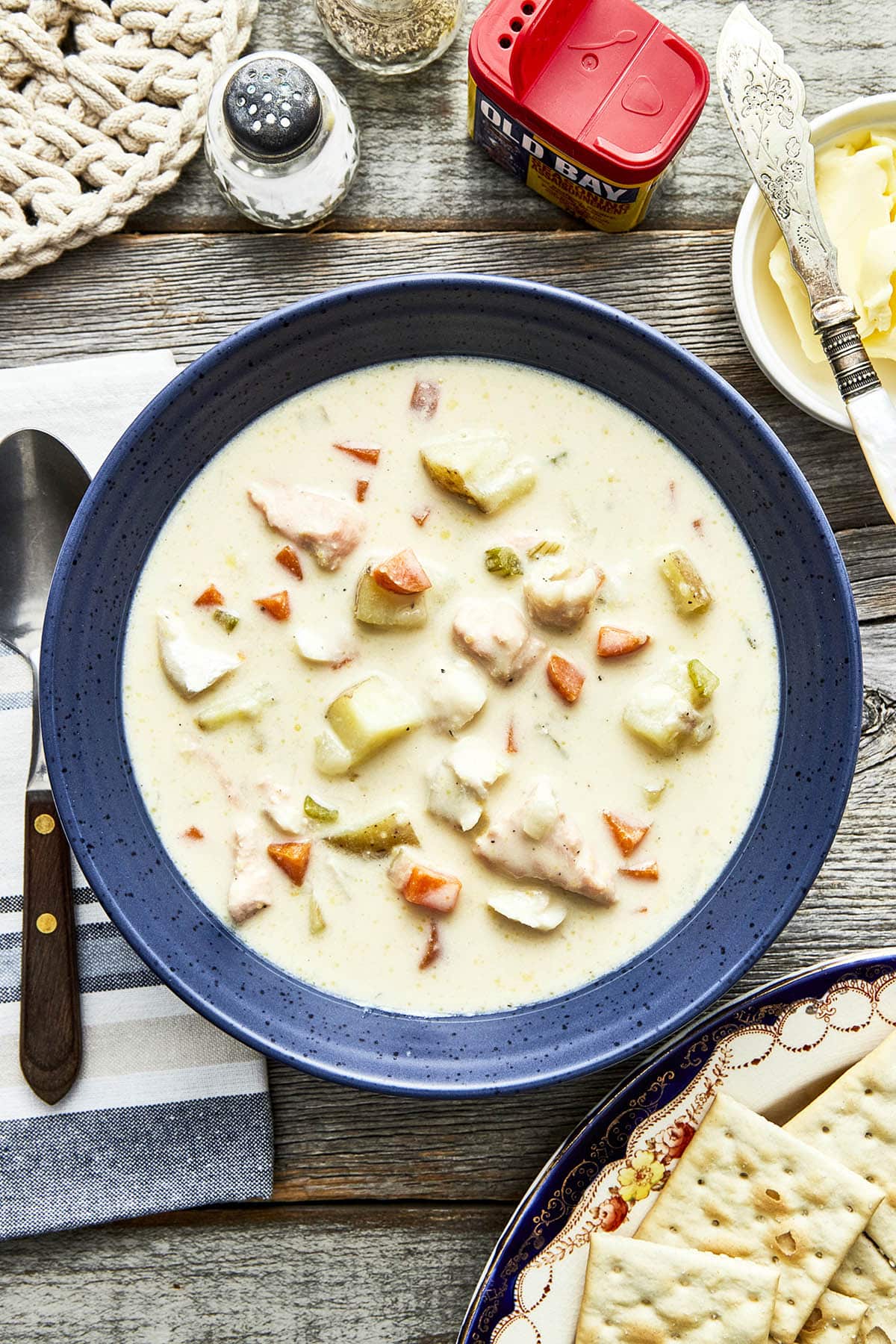
As much as I love my Nova Scotia seafood chowder recipe, it can be pretty expensive to make, so this classic recipe for Maritime fish chowder comes in handy. Nothing quite like it to warm you up on a chilly day!
Inspired by the flavors of Nova Scotia, fish chowder is the ultimate coastal comfort food—it’s so simple and satisfying. This traditional-style recipe uses salmon and haddock and has a light, buttery broth made with canned evaporated milk.
Made from scratch with no shellfish or cream, you probably have most of the ingredients to make a pot. I have many suggestions for customizing this easy soup, listed under the ingredients section and in the recipe notes. I hope you add this classic East Coast favorite to your meal rotation!
Jump to:
Why You’ll Love This Recipe
✔️ It’s made with readily available ingredients.
✔️ It comes together quickly and easily.
✔️ Fish chowder tastes even better on the second and third days!
Ingredients For Maritime Fish Chowder
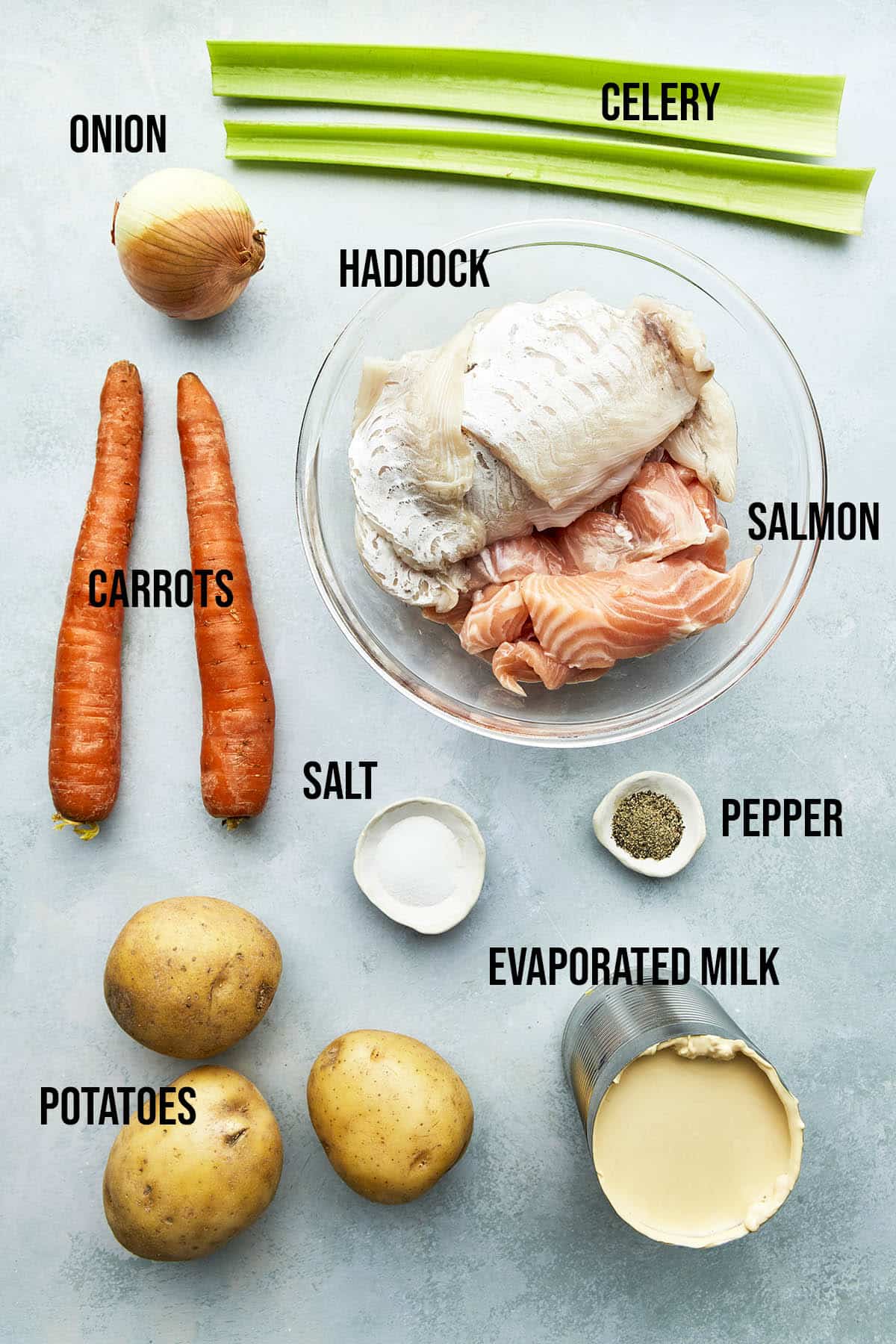
Ingredient Notes
- Atlantic Salmon: Atlantic salmon is a popular fish native to the North Atlantic Ocean. It has a rich, slightly oily taste and a firm, meaty texture.
- Canned Evaporated Milk: Evaporated milk is a shelf-stable dairy product that removes about 60% of the water from regular milk. The result is concentrated slightly thicker milk with a slightly caramelized flavor.
- Haddock: A white fish found primarily in the North Atlantic Ocean, haddock has a mild, sweet flavor and a delicate, flaky texture.
It’s important to note that when making substitutions in recipes, the texture and flavor may be slightly different. However, these substitutes are the best options for changing the original recipe.
Ingredient Substitutions
- Atlantic Salmon: I live on the East Coast of Canada and am lucky to have access to Atlantic salmon year-round. If you live in the United States or Western Canada, this may not be your option. Pacific salmon, such as Sockeye, Coho, or King Salmon, are suitable substitutes for Atlantic salmon.
- Canned Evaporated Milk: You can substitute whole milk and half-and-half or heavy cream for canned evaporated milk. Alternatively, for a lighter option, you can use whole milk. You can also use coconut milk for a dairy-free version.
- Haddock: Fresh haddock is my preferred white fish for my Maritime fish chowder, however, you can substitute other white fish, such as cod, halibut, or sole.
- Water: Substitute chicken, seafood, or vegetable stock for the water.
Recipe Variations
Try any of the following for a twist on this old-fashioned fish chowder recipe:
- ½ cup white wine or clam juice (canned)
- ½ cup chopped fennel bulb, corn kernels, cooked crumbled bacon, or thinly sliced leeks
- ¼ cup dry Sherry
- 2 tablespoons capers (drained, not salt-packed), fresh chopped dill, or fresh chopped parsley
- 1 or 2 cloves garlic, minced
- 1 tablespoon Worcestershire sauce, hot sauce, Dijon mustard, lemon zest
- 1 teaspoon Old Bay seasoning, smoked paprika, or anchovy paste
- ½ teaspoon ground coriander or dried thyme
- ¼ teaspoon cayenne pepper or ground nutmeg
Use the JUMP TO RECIPE button at the top of this post, or scroll to the bottom to see the PRINTABLE recipe card with ingredient measurements and complete instructions.
How To Make Maritime Fish Chowder
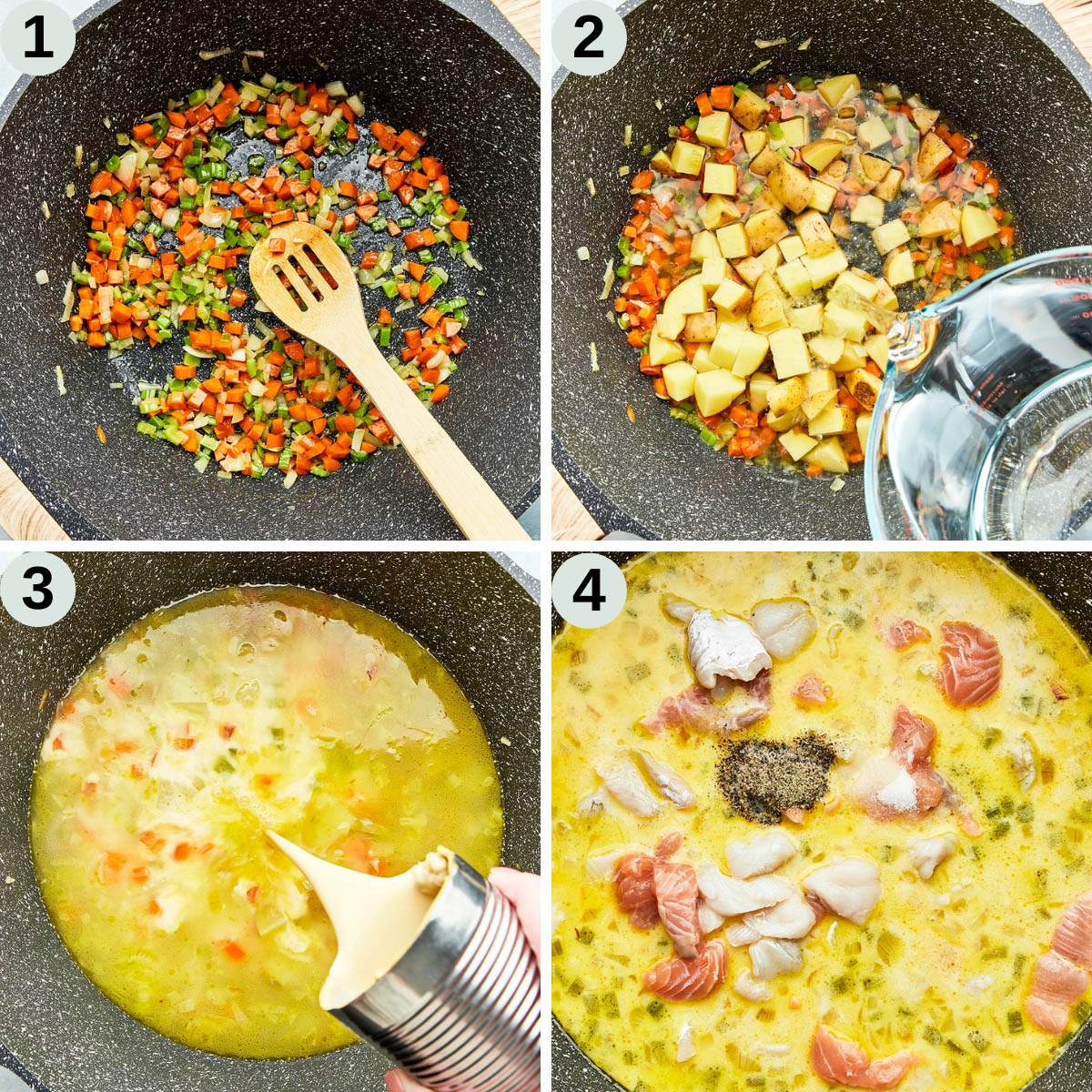
STEP 1: Melt the butter in a large, heavy-bottomed pot over medium heat. Add the diced onion, celery, and carrot and cook until softened but not browned.
STEP 2: Add the water and potatoes. Increase the heat to high and bring the mixture to a boil. Lower the heat and simmer for 15 minutes or until the potatoes are tender.
STEP 3: Pour the can of evaporated milk into the pot and stir well to combine.
STEP 4: Add the salmon, haddock, salt, pepper, and any other seasonings you want to try. Simmer for another 5 to 8 minutes or until the fish is cooked. Serve the chowder hot with a sprinkle of Old Bay and crusty bread or crackers on the side.
Expert Tips
1. I don’t peel my carrots unless they’re super hairy.
2. I like to use kitchen scissors to cut the fish into chunks.
3. After you add the evaporated milk, keep the chowder at a simmer, but do not boil. Boiling can cause the evaporated milk to curdle.
Recipe Notes
- If you like a thicker chowder, make a cornstarch slurry with 1 tablespoon of cornstarch and 1 tablespoon of cold water shaken in a jar or container with a tight-fitting lid. Add the cornstarch slurry during the last five minutes of cooking.
- To add flavor, use chicken, vegetable, or seafood stock instead of water.
Storage
- Leftover fish chowder can be stored in an airtight container in the fridge for up to three days. Reheat gently on the stovetop or microwave, stirring occasionally.
- I do not recommend freezing chowder as the broth almost curdles and becomes mealy after thawing.
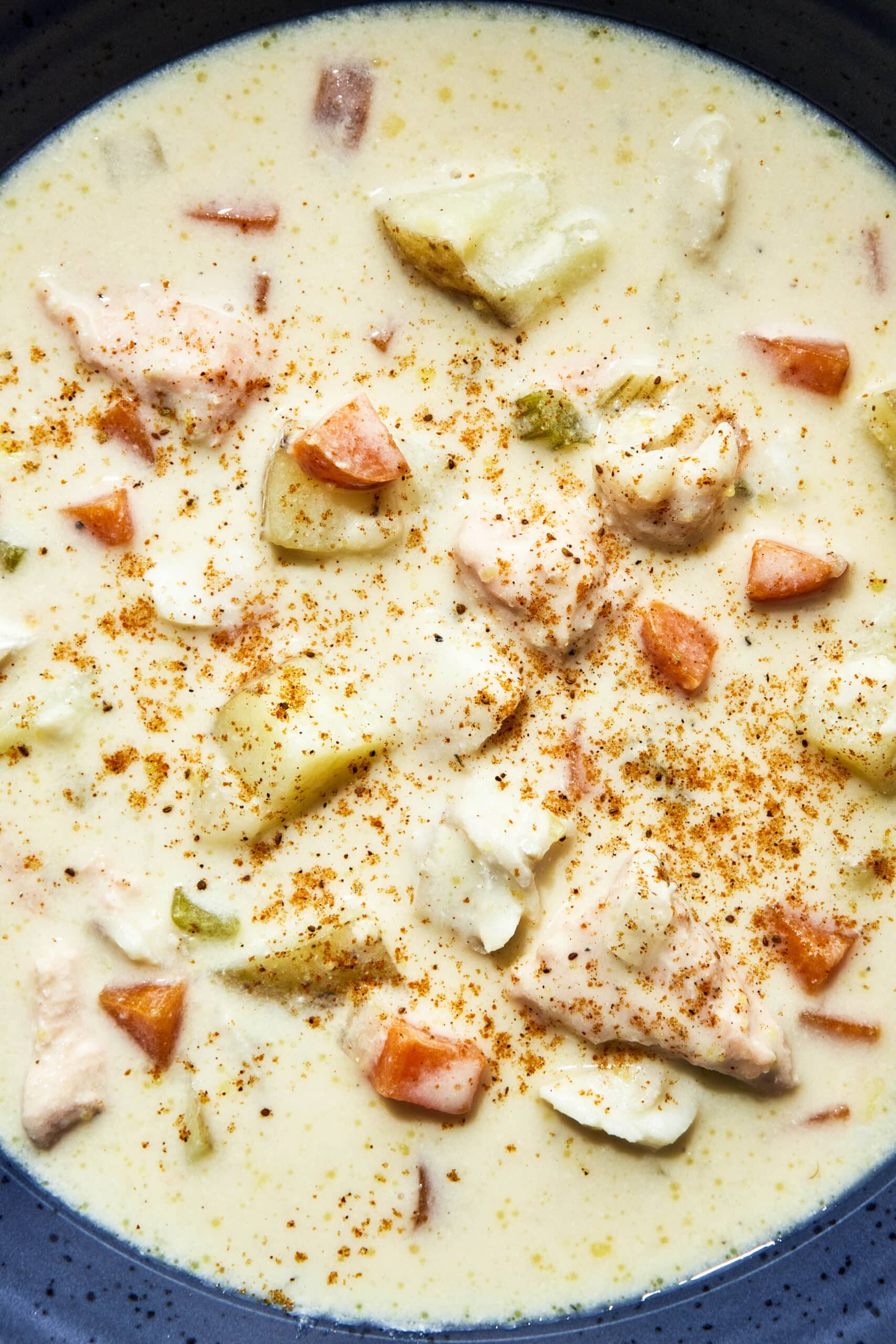
Recipe FAQ
Fish chowder is a hearty soup made with fish, vegetables, and a creamy base, often including milk, cream, or canned evaporated milk. It typically contains a variety of seasonings and is served hot. It’s prevalent in coastal regions where fresh fish is abundant.
The best fish for chowder are firm, white-fleshed varieties such as haddock, cod, halibut, or seabass, as they can hold their shape during cooking and provide a rich, meaty texture. Salmon and trout are also often used in traditional chowder recipes.
I don’t recommend freezing fish chowder as it can become mealy and almost curdled which are particularly unpleasant textures to eat.
More East Coast Recipes
Did you make this Maritime fish chowder? Please rate the recipe and tell me how it went in the comments below. Also, stay in touch with me on Instagram, Facebook, and Pinterest to see more delicious food and recipes!
Printable Recipe Card
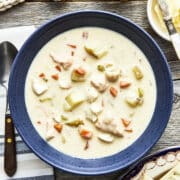
Maritime Fish Chowder
Equipment
- Knife and cutting board
- Measuring cups and spoons or digital kitchen scale
- Large pot
- Rubber spatula or wooden spoon
- Kitchen scissors optional
- Can opener
Ingredients US cups or click for Metric grams
- 2 medium carrots (or 1 large)
- 2 medium celery stalks
- 1 small onion (or medium)
- ¼ cup salted butter
- 5 cups water
- 3 medium potatoes
- 1 12 ounce can evaporated milk
- 12 ounces Atlantic salmon (skinless, deboned)
- 12 ounces haddock (skinless, deboned)
- 1 ½ teaspoons salt
- ½ teaspon ground black pepper
Instructions
- Dice the carrots, celery, and onion. Place the butter in a large heavy-bottomed pot over medium heat. Once the butter is melted, add the diced vegetables and cook until soft but not browned, about 5 to 7 minutes.
- While the vegetables are cooking chop the potatoes into ½-inch chunks. Add the water and chopped potatoes to the pot. Increase the heat to high and bring the mixture to a boil with the lid slightly ajar. Once boiling, reduce the heat to medium-low and let it simmer for about 15 minutes, or until the potatoes can easily be cut through with a fork.
- While the potatoes are cooking cut the salmon and haddock into bite-size chunks. Add the salmon, haddock, evaporated milk, salt, pepper, and any flavor variations you want to try (see recipe notes) to the pot. Increase the heat to medium and simmer for another 5 to 8 minutes, or until the fish is cooked through. Adjust the seasoning to suit your taste then serve hot, with crusty bread or crackers on the side.
Notes
Flavor Variations
Add any of the following you like when you add the evaporated milk. Use each measurement as a guide then adjust to suit your own taste: ½ cup white wine or clam juice ½ cup chopped fennel bulb or corn kernels or cooked crumbled bacon ¼ cup dry Sherry or thinly sliced leeks 2 tablespoons capers (drained, not salt-packed), fresh dill (chopped), or fresh parsley (chopped) 2 cloves garlic, minced 1 tablespoon Worcestershire sauce, hot sauce, Dijon mustard, or lemon zest 1 teaspoon Old Bay seasoning, smoked paprika, or anchovy paste ½ teaspoon ground coriander or dried thyme ¼ teaspoon cayenne pepper or ground nutmegNutrition
Nutrition information is an estimate and is provided as a courtesy. For precise nutritional data, please calculate it independently using your preferred nutrition calculator.
More Soup & Stew Recipes

Kelly Neil is a recipe developer, food photographer, and lifelong Nova Scotian building a sense of home and identity through recipes. She lives in her hometown of Dartmouth with her partner, Chris, their daughter, Elodie, and their little dog, Skipper.
This post may contain affiliate links. As an Amazon Associate, I may earn a small commission if you buy something through one of them at no extra cost to you. I only share products I use myself and genuinely recommend.

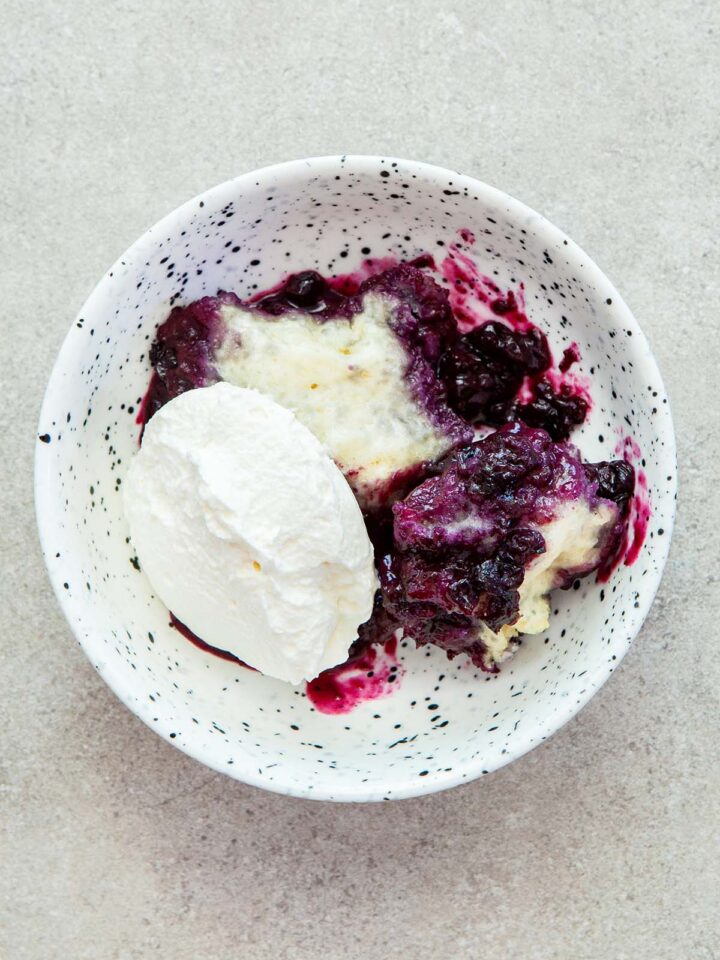

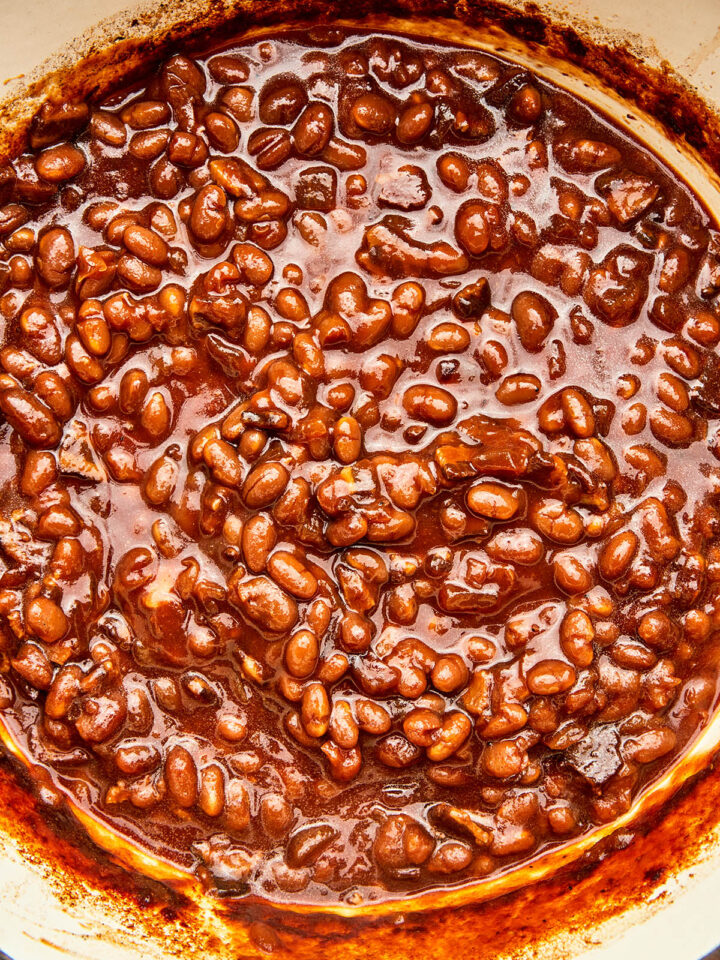

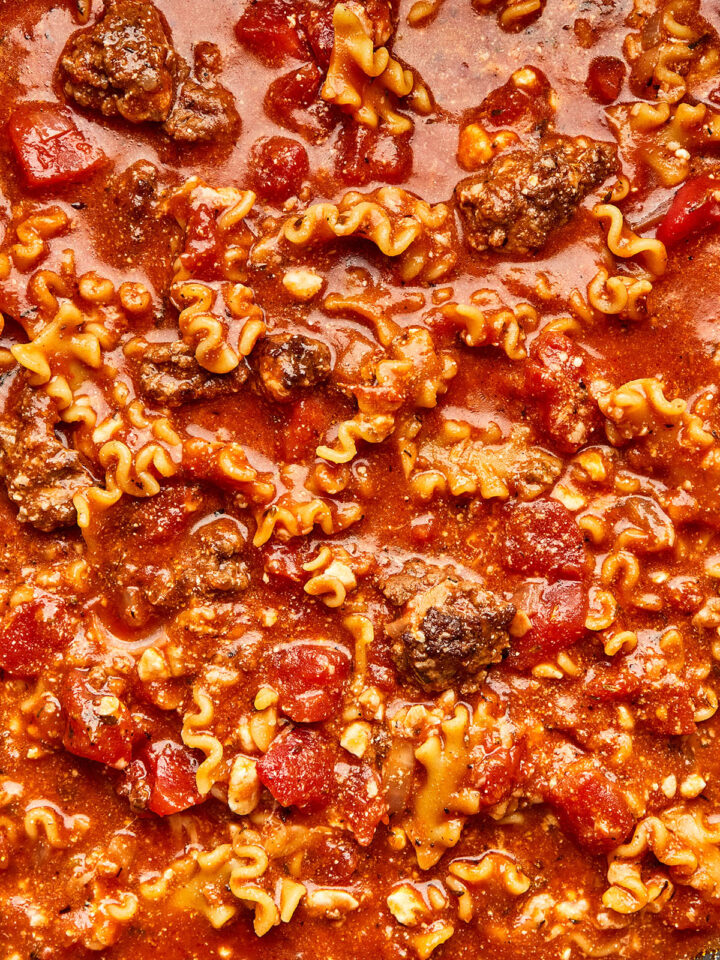
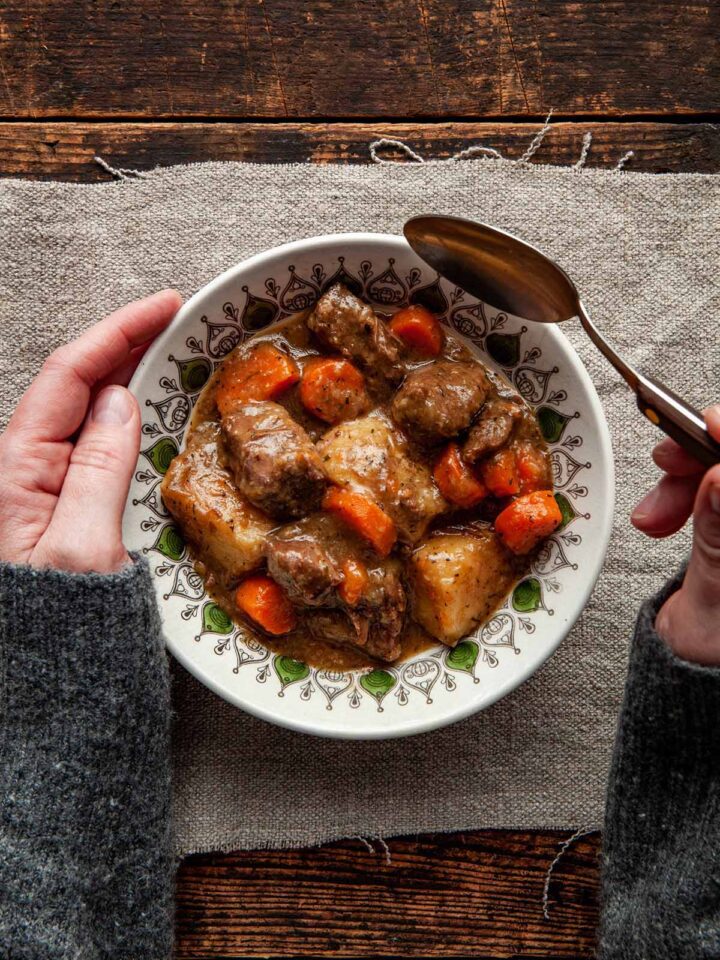

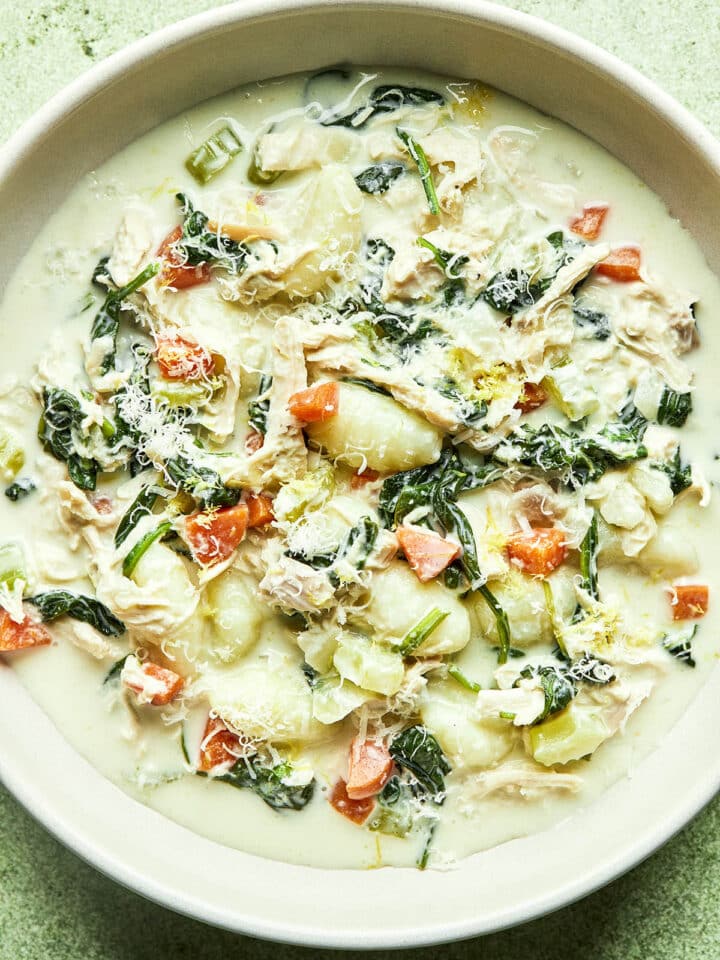
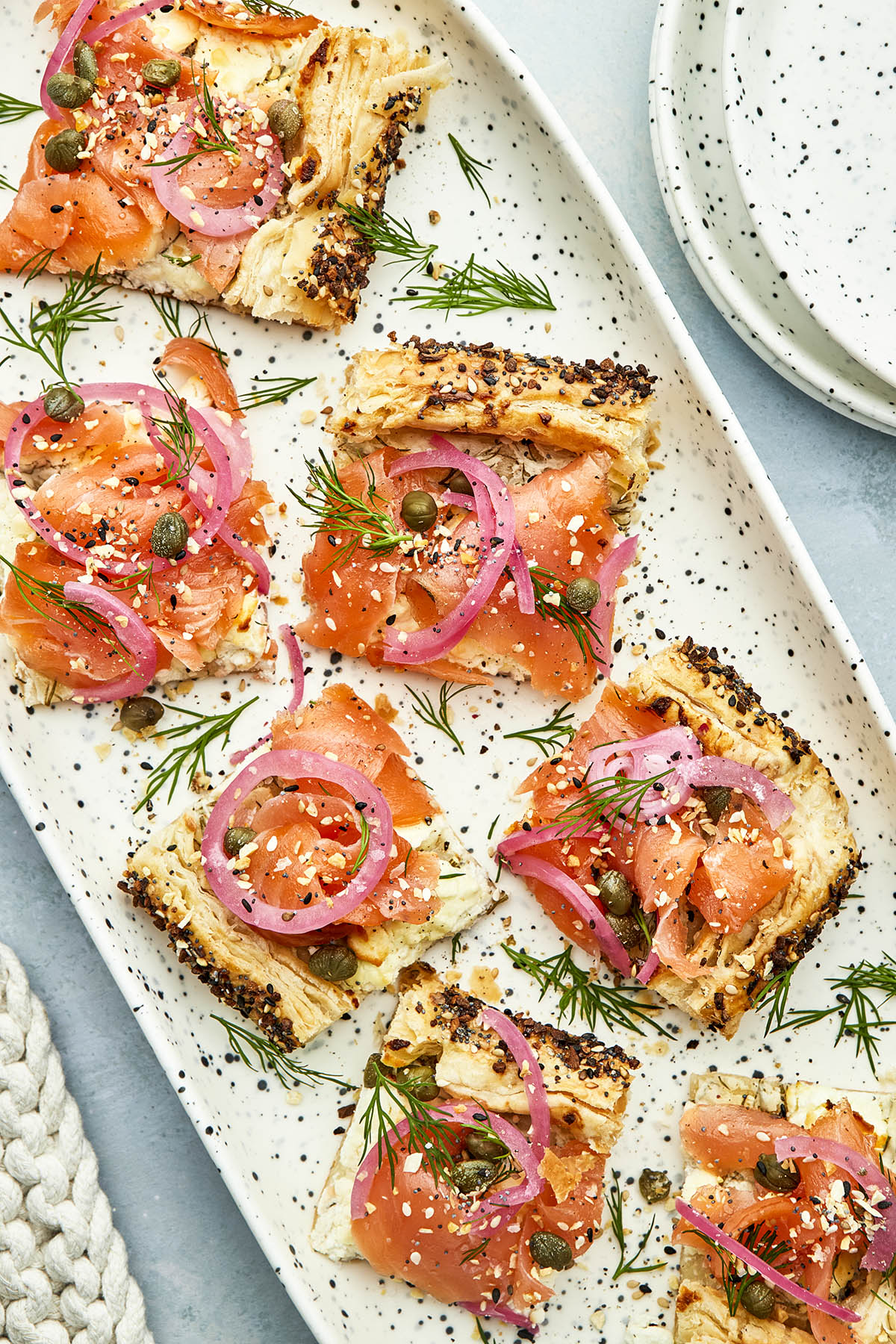
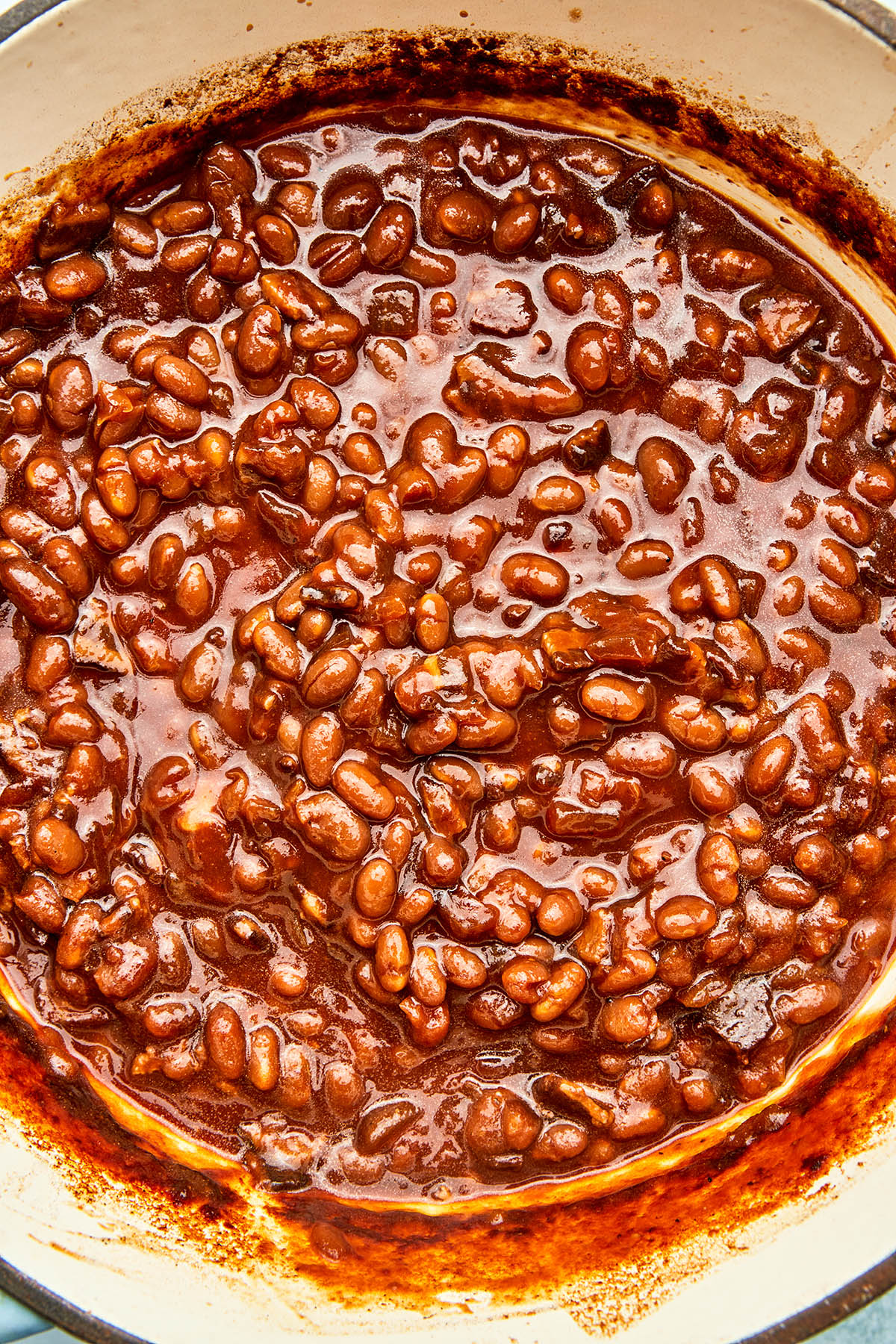
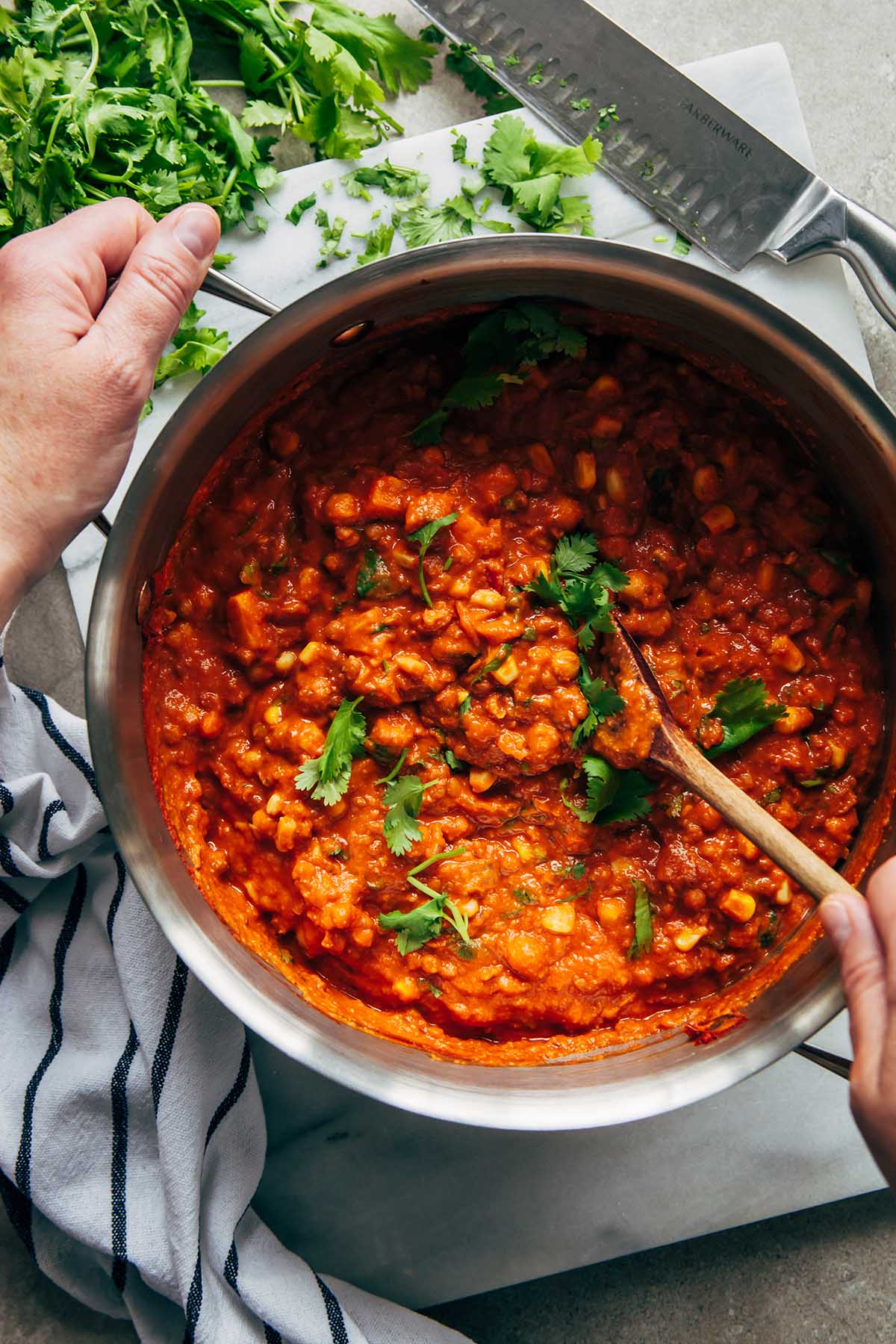

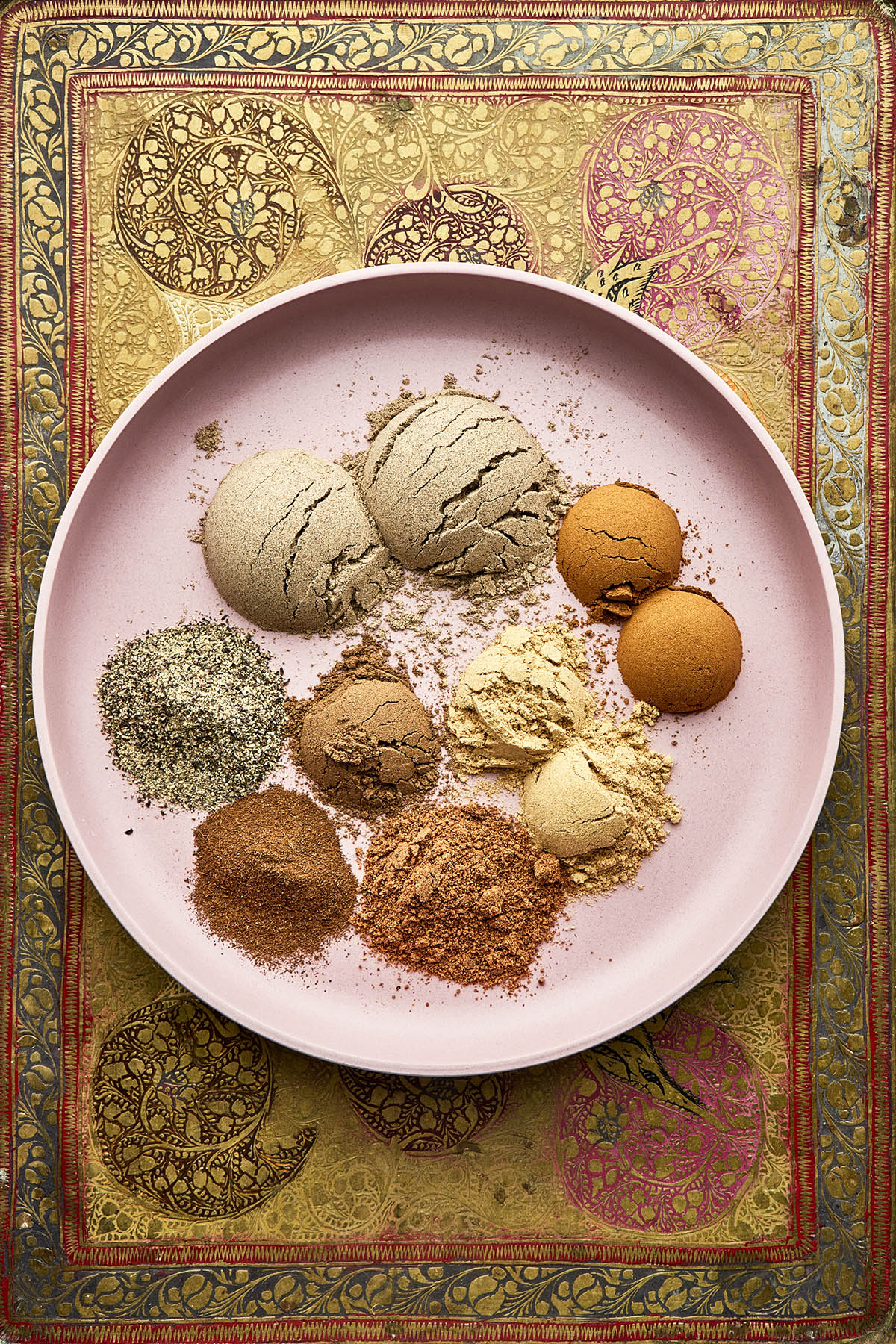
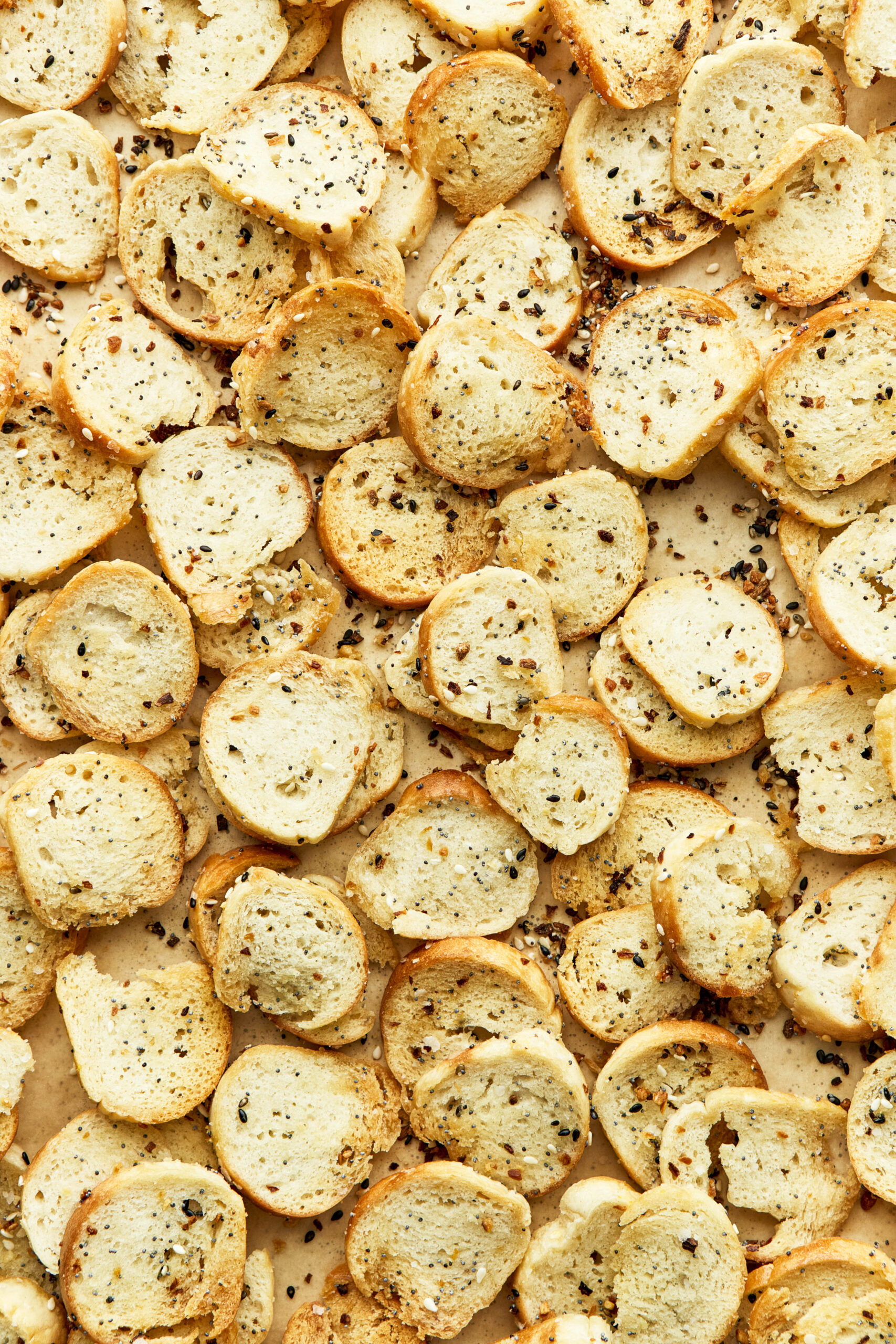
Delicious fish chowder from the Maritimes! I added the suggested capers, spinach as well as two small hot peppers for some heat and used left over salmon as well as haddock and shrimp. Yumm. This is so good that I have added this recipe to my collection of prised recipes.